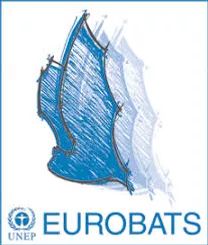EUROBATS has set up a working group (so-called Intersessional Working Group, IWG) to deal with underground bat roosts (caves, mines, cellars, etc.) (IWG Conservation of Key Underground sites). The aim of this working group is currently to collect information on
EUROBATS Survey on Underground Bat Roosts










